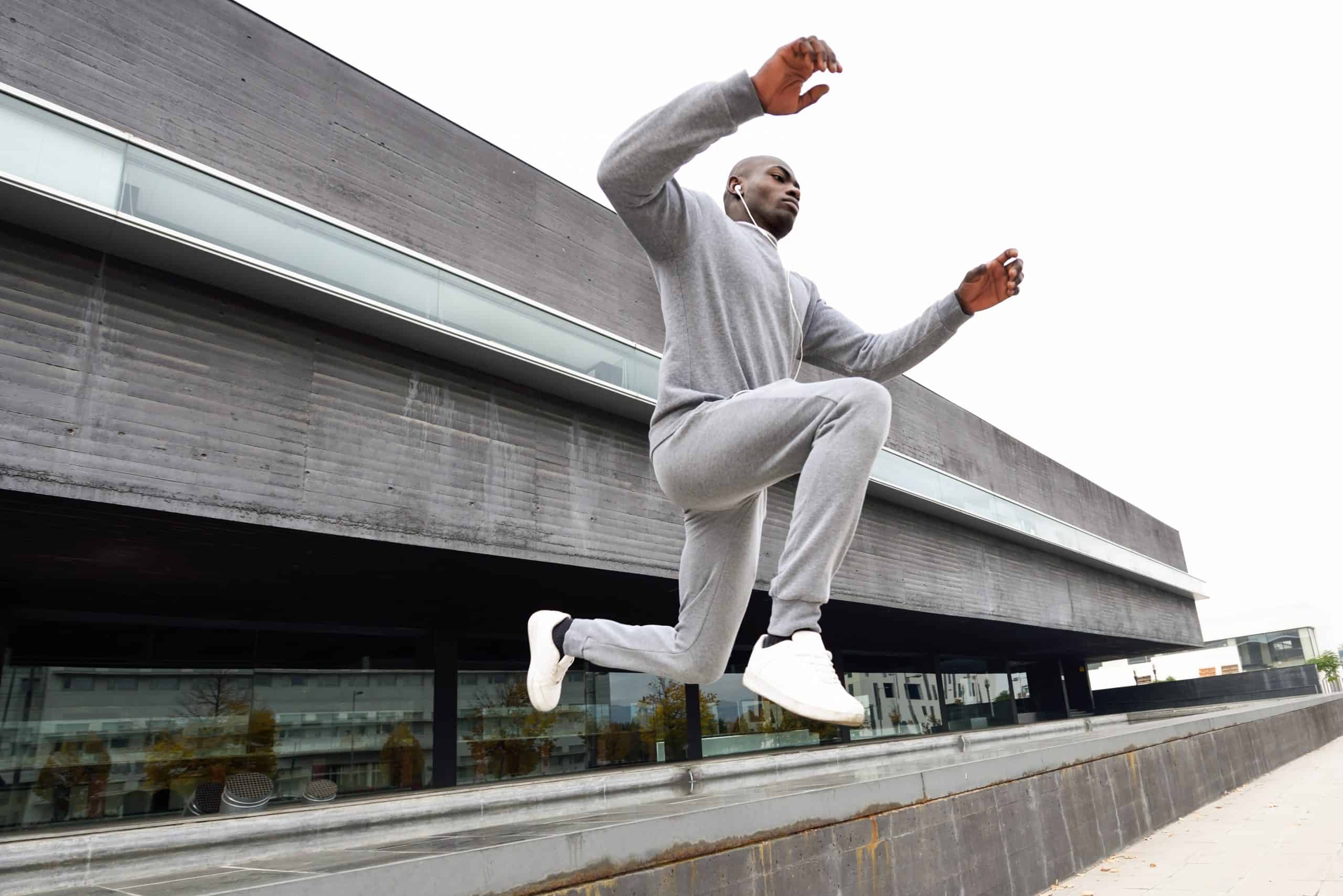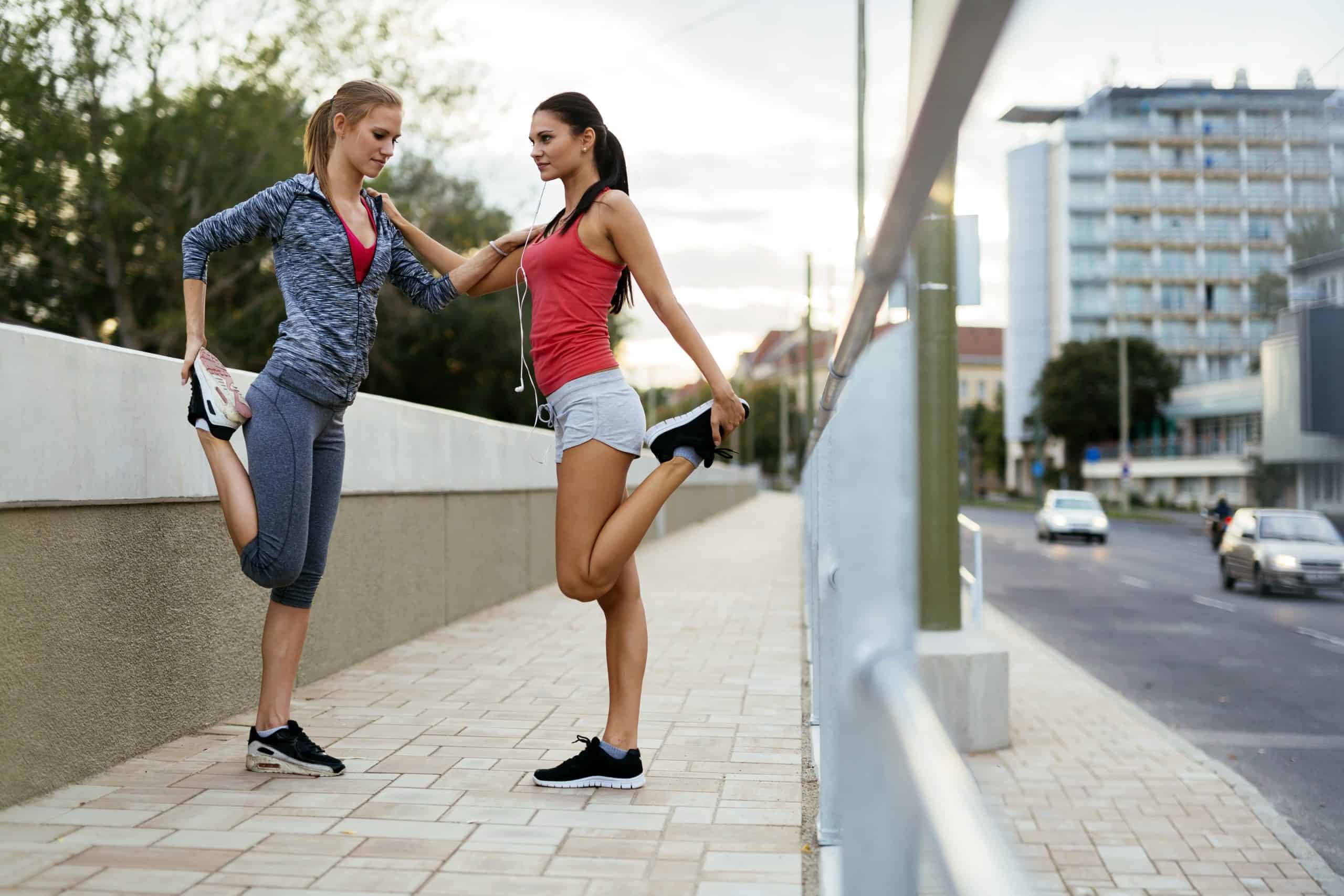A heel spur is a calcium deposit causing a bony protrusion on the underside of the heel bone. On an X-ray, a heel spur can extend forward by as much as a half-inch. Without visible X-ray evidence, the condition is sometimes known as “heel spur syndrome.” Although heel spurs are often painless, they can cause heel pain.

What is a Heel Spur?
Heel spurs are a common source of heel pain. Heel spurs are a bony growth attached to your heel bone (calcaneus) and grow into your foot arch.
spurs are a common source of heel pain. Heel spurs are a bony growth attached to your heel bone (calcaneus) and grow into your foot arch.
What Causes a Heel Spur?
A heel spur is caused by chronic plantar fasciitis.
Your plantar fascia is a thick fibrous band of connective tissue originating on the bottom surface of the calcaneus (heel bone) and extending along the sole of the foot towards the toes. Your plantar fascia acts as a passive limitation to the over flattening of your arch. When your plantar fascia develops micro tears or becomes inflamed it is known as plantar fasciitis.
When plantar fasciitis healing is delayed or injury persists, your body repairs the weak and injured soft tissue with bone. These bone formations are known as heel spurs.
What are the Symptoms of a Heel Spur?
You’ll typically first notice early heel spur pain under your heel in the morning or after resting. Your heel pain will be worse with the first steps and improves with activity as it warms up.

How Does a Heel Spur Progress?
As your heel spur grows, the pain will be present more often.
How is a Heel Spur Diagnosed?
Heel spurs and plantar fasciitis is usually diagnosed based on your symptoms, history and clinical examination.
X-rays will show calcification or bone within the plantar fascia or at its insertion into the calcaneus. This is known as a calcaneal or heel spur.
Ultrasound scans and MRI are used to identify any plantar fasciitis tears, inflammation or calcification.

Risk Factors for Heel Spurs
You are more likely to develop plantar fasciitis and heel spurs if you are:
Active
Sports that place excessive stress on the heel bone and attached tissue, especially if you have tight calf muscles or a stiff ankle from a previous ankle sprain, which limits ankle movement eg. running, ballet dancing and aerobics.
Overweight or Obese
Carrying around extra weight increases the strain and stress on your plantar fascia.
Pregnant
The weight gain and swelling associated with pregnancy can cause ligaments to become more relaxed, which can lead to mechanical problems and inflammation.
On your feet A lot
Having a job that requires a lot of walking or standing on hard surfaces ie factory workers, teachers and waitresses.
Flat Feet or High Foot Arches
Changes in the arch of your foot changes the shock absorption ability and can stretch and strain the plantar fascia, which then has to absorb the additional force.
Middle-Aged or Older
With ageing, the arch of your foot may begin to sag, putting extra stress on the plantar fascia.
Wearing shoes with poor support.
Weak Foot Arch Muscles.
Muscle fatigue allows your plantar fascia to overstress and cause injury.
Arthritis.
Some types of arthritis can cause inflammation in the tendons in the bottom of your foot, which may lead to plantar fasciitis.
Diabetes.
Although doctors don’t know why plantar fasciitis occurs more often in people with diabetes.

Heel Spur Prognosis
The good news is that heel spur pain is rarely permanent. Plantar fasciitis, the main cause of a heel spur, is reversible and very successfully treated. Over 90 percent of people with plantar fasciitis or heel spurs improve significantly with physiotherapy treatment. While you may continue to see a heel spur on Xray, once you settle the inflammation adjacent to your heel spur, the heel pain will resolve.
Heel Spur Treatment
Due to poor foot biomechanics being the primary cause of your plantar fasciitis it is vital to thoroughly assess and correct your foot and leg biomechanics to prevent future plantar fasciitis episodes or the development of a heel spur.
Our Certified Pedorthist is an expert in foot assessment and its dynamic biomechanical correction who is an expert in the prescription on passive foot devices such as orthotics.
Active foot stabilization exercises are an excellent long-term solution to prevent and control heel spurs and plantar fasciitis.
Ultimately, biomechanical correction is the aim. Foot intrinsic muscle strengthening (including tibialis posterior and peroneus longus) and calf (gastrocnemius and soleus) stretches are almost always required.
Cases of moderate to severe biomechanical deformity should be referred for physiotherapy or podiatric assessment to prevent chronic recurrence. NSAID’s and corticosteroid injection is most effective when combined with biomechanical correction.
Mechanical treatment that involves taping and orthoses has been shown to be more effective than either anti-inflammatories or accommodative modalities.
Plantar fascia night splints essentially overstretch the plantar fascia, which may provide you with some short-term relief, but ultimately elongates your passive arch structures. The medium and long-term benefits make no sense of this rationale. On the contrary, permanent elongation will predispose you to flatter arches and more likelihood of recurrent heel pain. Based on this we do NOT currently recommend plantar fascia night splints in most instances.

What Happens If You Do Nothing?
Left untreated, heel spurs grow larger and usually become excessively painful. For more specific advice about your heel spur or plantar fasciitis call our clinic

Leave a Reply